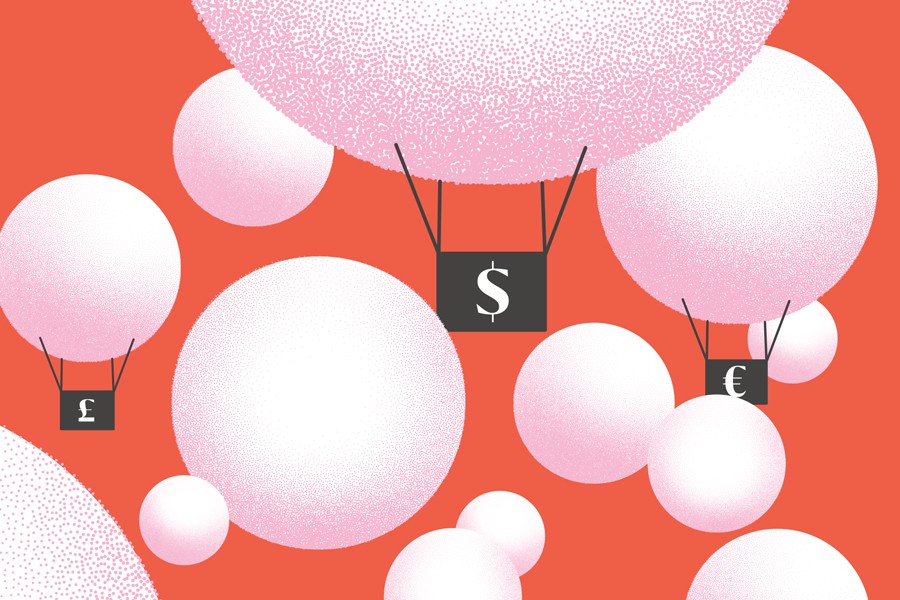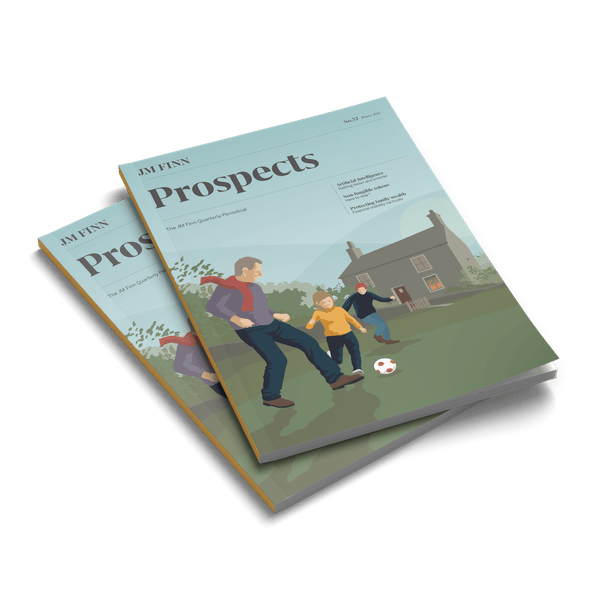So it comes as no surprise to me that the resulting re-stocking orders have come to clog up logistics channels and revealed compromised supply chains; probably both because of COVID-19 related problems but also due to the surge in activity. I am detecting evidence that re-stocking orders might have been placed on a scale to not just only re-stock the empty shelves, but also to cope with anticipated on-going strong growth levels of retail sales. I say this because I see evidence of inventories building up which suggests that re-stocking has been overdone in some areas.
Capitalism will theoretically react to changes in demand for scarce resources using price and increased (or decreased) supply. The high rates of inflation as a short term reaction to strong demand pending more supply, should therefore be expected. It is obviously easier to raise prices in the short term as more supply from longer working hours, or more investment into greater capacity, takes progressively longer.
US inflation runs at 6.2% from a pre-COVID-19 average of about 2%. UK inflation is at 3.1% and it is 4.1% in Europe. This is not unexpected. Some of this is “base effect” because these are annual figures and prices were depressed this time last year.
The textbook response to uncomfortably high levels of inflation is higher interest rates. Recently we saw the surge in ten year rates as a reaction to higher probabilities of higher rates to control inflation. In August the UK ten year was at 54 basis points (=0.54%). It peaked at 121 bps in October, before falling down to 88 bps as I write. We saw a similar pattern in the US and Europe.
Capitalism will theoretically react to changes in demand for scarce resources using price and increased (or decreased) supply.
Going forward, I expect high inventories will depress inflation and lower it below what many expect. Bonds will do well for a couple of months until inventories are used up. Thereafter, I think consumers’ and corporates’ strong cash holdings will underpin ongoing demand, as rates gradually climb over the next few years in response to ongoing economic growth. I am more inclined to the US expectations for Fed Funds to be at close to 1.25% by mid-2023, with UK base rates possibly sitting at the 1% level by this time. But expect volatility on the way, as the cycle of stocking up / running down inventories seesaws its way through our economy. After short term gains in bond prices, I would look to be more inclined towards below benchmark maturities and probably invested in the higher grade space rather than the sub-investment grade area.
And my caveat is the assumption that vaccinations progress, COVID-19 infection rates decline and other medicines reduce the impact.
Illustration by Emily Nault




